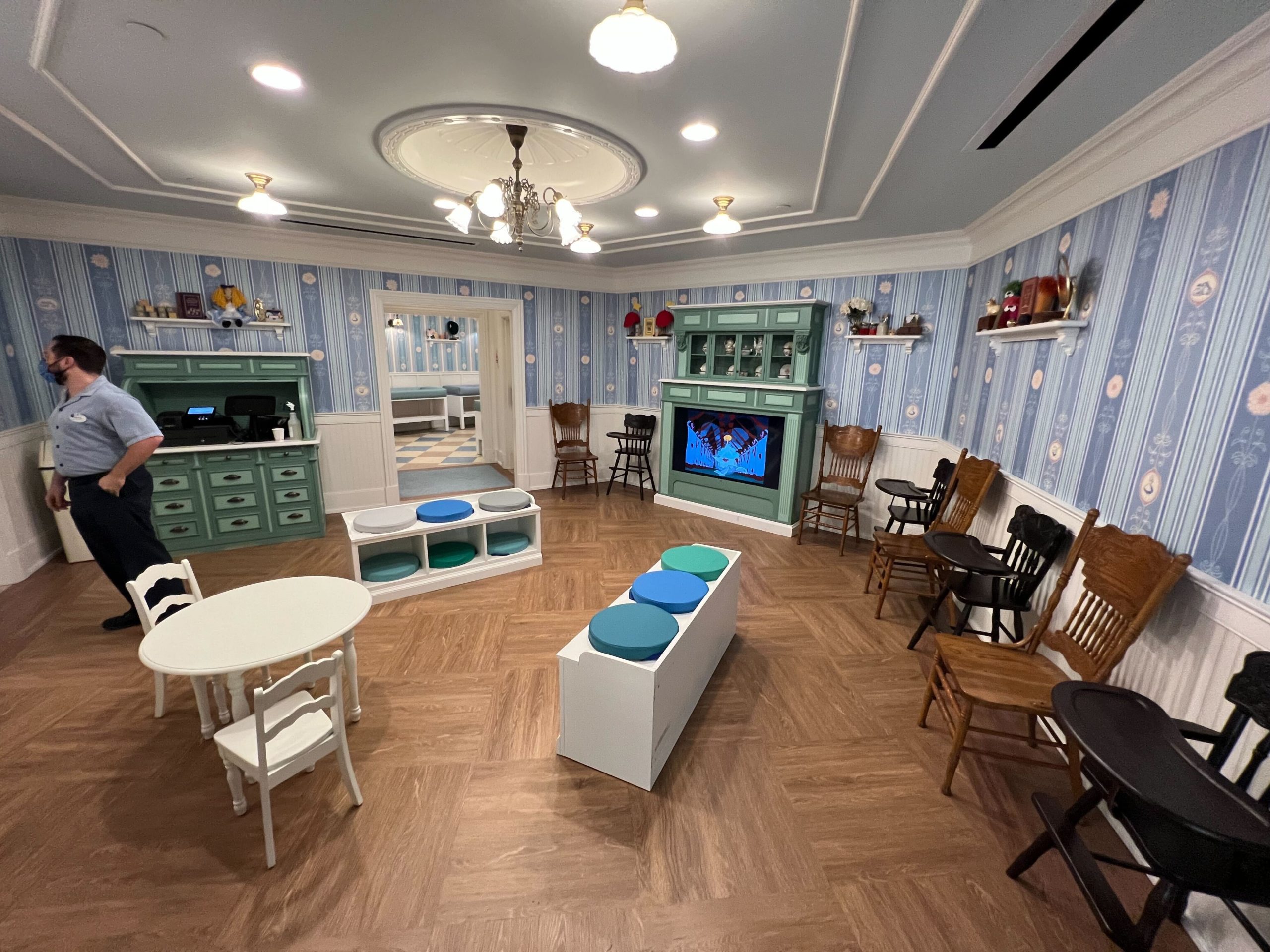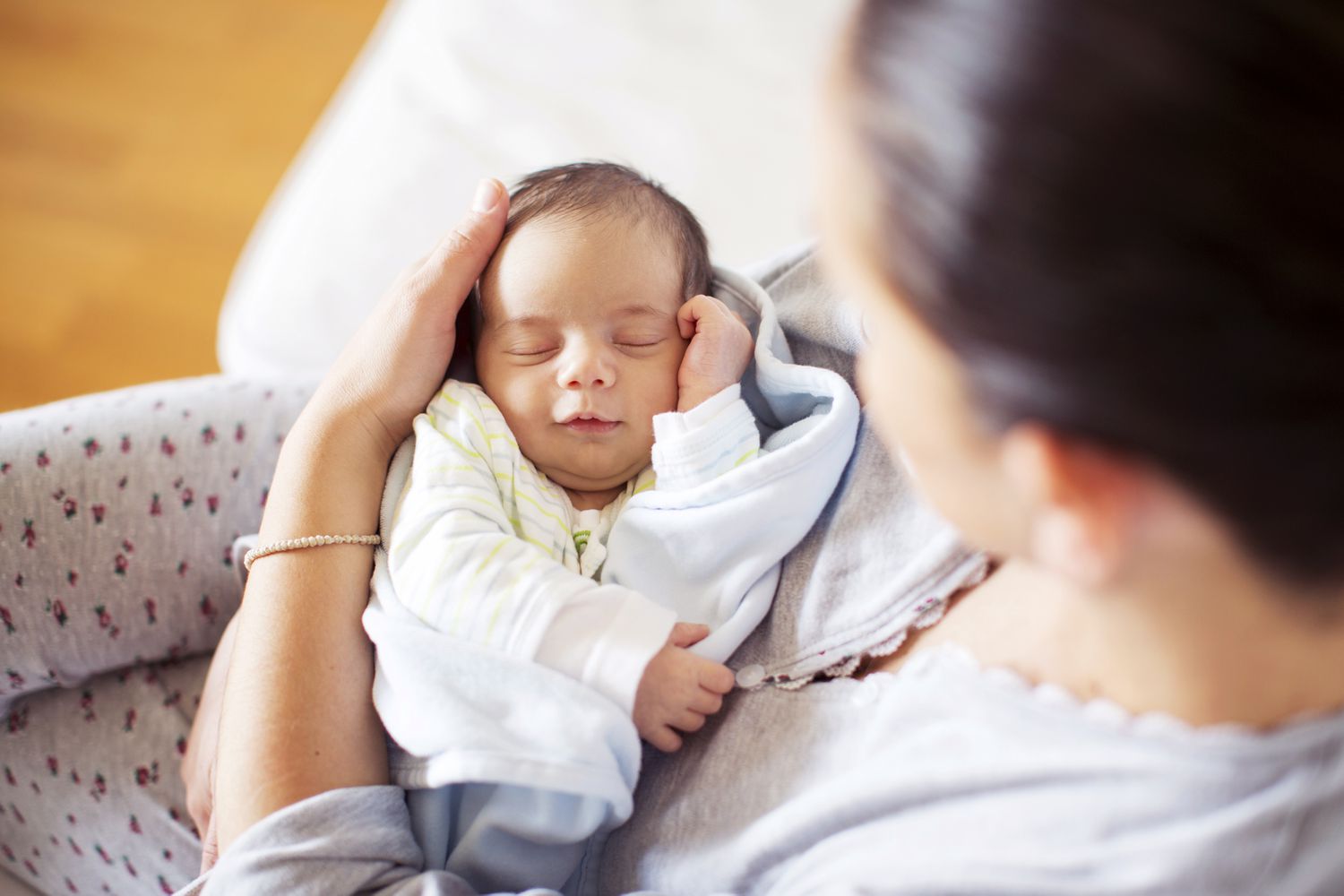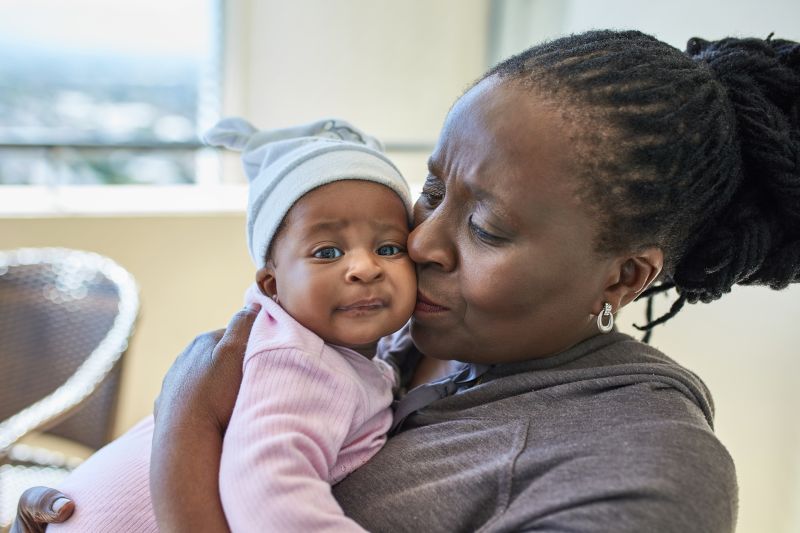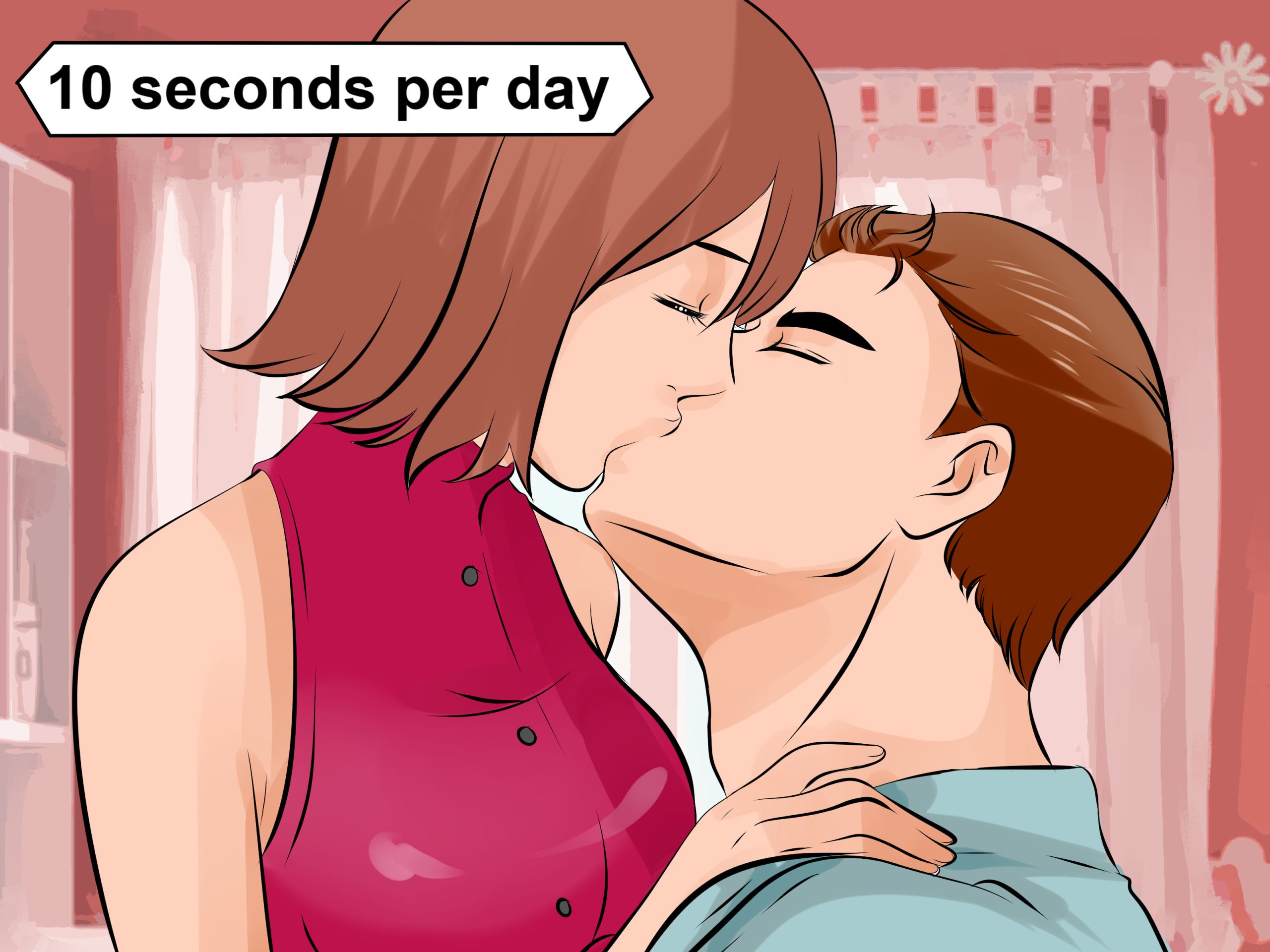What is Normal Behaviour for a 2 Year Old baby?
Normal Behaviour for a 2 Year Old baby includes temper tantrums, curiosity, and exploring boundaries. As toddlers develop at different rates, their behaviour may vary.
As your child turns 2, you may notice a significant change in their behaviour which may leave you wondering what is normal. Tantrums, curiosity, and boundary testing are all part of the normal behaviour of a two-year-old. These behaviours can be challenging for parents to handle, but they are an essential part of a child’s development.
Normal Behaviour for a 2 Year Old baby are developing their independence, and they want to be able to explore their world without limits. It is important to remember that each child develops at their own pace, so their behavior may vary. In this article, we will dive deep into what is considered normal behavior for a 2-year-old.

Credit: www.healthline.com
Emotional And Social Development
Normal Behaviour for a 2 Year Old baby, emotional and social development plays a crucial role in their growth. Developing a sense of self is the first step in understanding emotions and behaviour. Tantrums and strong emotions are normal as they start to learn how to cope.
They are also learning how to socialize and form relationships with others. Encouraging social interactions with children their age can help them develop these skills. It’s important to provide a safe and nurturing environment where they can grow and explore their emotions.
By understanding normal behaviour for a 2 year old, parents and caregivers can better support their emotional and social development.
Cognitive Development
At the age of 2, your child’s cognitive development is rapidly growing. Their language skills and communication are advancing, allowing them to express themselves through words and gestures. Problem-solving and creativity become more evident as they learn to use their imagination and explore the world around them.
As their memory and attention span increases, they are more likely to recall experiences and information. It’s important to remember that each child’s development is unique, and not all milestones are reached at the same time. Encourage and support their growth by providing opportunities for learning and exploration in a safe and nurturing environment.
Physical Development
A 2-year-old’s physical development is crucial for their overall growth and independence. Gross motor skills and physical activity play a significant role in their physical development. At this age, children should be able to run, jump, climb, and balance. Fine motor skills and hand-eye coordination are also important, as it helps them with activities that require a precise movement such as drawing or stacking blocks.
Potty training is a milestone that typically occurs during this age, and it contributes to a child’s independence. It is necessary to understand what normal behaviour for a 2-year-old entails, as it can help parents determine if their child is meeting their developmental milestones.
Emotional And Social Red Flags
Normal behaviour for a 2-year-old varies based on their developmental milestones. Emotional and social red flags can signal possible delays. Extreme separation anxiety, where a child is unable to tolerate being apart from their caregiver, can be a red flag.
Lack of interest in socializing with others or unresponsiveness to their name may also be concerning. Trouble regulating emotions may appear as persistent tantrums or difficulty calming down. It is important to note that all children develop at their own pace, but if you have concerns about your child’s behaviour, it is best to consult with a healthcare professional for an evaluation.
Identifying any potential developmental delays early on can provide opportunities for early intervention and promote healthy development.
Cognitive Red Flags
Normal behaviour for a 2-year-old baby can be difficult to identify. Look out for cognitive red flags like delayed or absent speech and language skills. Additionally, lack of curiosity or interest in exploring new things and difficulty with basic problem-solving tasks could be cause for concern.
It’s important to remember that every child develops at their own pace, but if you’re worried, consult with a paediatrician or child psychologist. In general, engaging in play-based learning activities with your child can promote healthy development. Try reading books together, doing sensory activities, engaging in imaginary play, and practicing simple problem-solving tasks like building towers with blocks.
By understanding what to look for and promoting healthy development, you can help ensure your child is on the right track.
Physical Red Flags
It is important to keep an eye out for physical red flags in 2 year olds. Trouble with basic motor skills like walking or running, lack of coordination or balance, and failure to achieve developmental milestones could indicate a need for evaluation.
These warning signs should not be ignored, as they could lead to larger issues down the road. It’s important for parents to be aware of what is typical behaviour for a 2 year old to know when it’s time to seek medical advice.
While not every child develops at the same pace, it’s always best to err on the side of caution and consult with a medical professional if any doubts persist.
Strategies For Tantrums And Emotions
As a 2-year-old, it’s normal to experience strong emotions and have difficulty controlling them. When tantrums occur, positive reinforcement and praise can be helpful in shaping desirable behaviour. Consistent routines and expectations also provide a sense of security and structure for young children.
Encouraging healthy coping mechanisms such as taking deep breaths or counting to 10 can be valuable tools to regulate emotions. Remember that children are still developing and will require patience and understanding as they learn to navigate their feelings. By implementing strategies that support positive behaviour, you can help your child develop healthy emotional regulation skills.
Encouraging Positive Behavior
As a parent, it can be challenging to determine what is normal behaviour for a two-year-old. Encouraging positive behaviour is key and can be achieved through setting boundaries and consequences. It is also important to model empathy and kindness to influence your child’s behaviour.
To maintain a positive approach, avoid using negative language when correcting behaviour. Instead, try redirecting your child towards a positive activity. Remember, every child is different, and their behaviour will reflect that. The most important thing is to be consistent in your approach and provide them with a loving and nurturing environment.
Frequently Asked Questions For What Is Normal Behaviour for a 2 Year Old baby?
What Are Some Typical Normal Behaviour for a 2 Year Old baby?
Two-year-olds have tantrums, show independence, have short attention spans, love to explore, and imitate adults.
When Do Typical Language Skills Develop In A 2 Year Old?
At around 2 years, most children can say 50-100 words and put together 2 word sentences.
How Much Sleep Does A 2 Year Old Need?
A 2-year-old needs about 11-14 hours of sleep per day, including a nap.
Is It Normal For A 2 Year Old To Have Separation Anxiety?
Yes, it is normal for some 2 year olds to experience separation anxiety when apart from their primary caregiver.
How Much Physical Activity Is Appropriate For A 2 Year Old?
A 2-year-old should participate in 3 hours of physical activity spread throughout the day.
Conclusion
From tantrums to defiance, two-year-olds can express their emotions in ways that may seem unusual and concerning to parents. However, it is important to remember that each child develops at their own pace, and what may be normal behavior for one child may not be for another.
As long as your child is meeting their developmental milestones and there are no major red flags, it is likely that their behavior is typical for their age group. It’s important to have patience, remain consistent with discipline, and seek help if you have any concerns about your child’s behavior.
By understanding the behaviour of a 2-year-old, as well as their unique needs and characteristics, parents can better navigate this stage and promote positive development. Keep in mind that your child’s behaviour at this age is just a chapter in their overall development, and with time, patience, and understanding, they will continue to grow and thrive.






